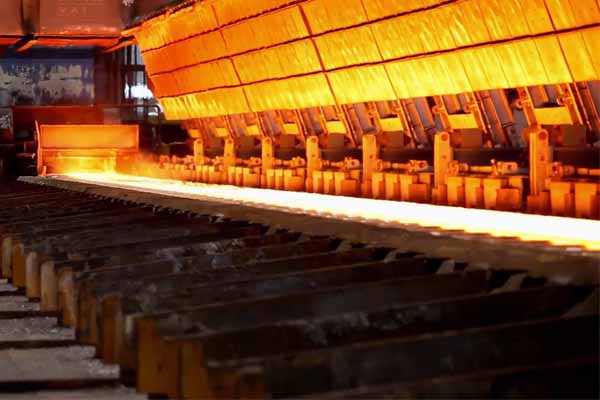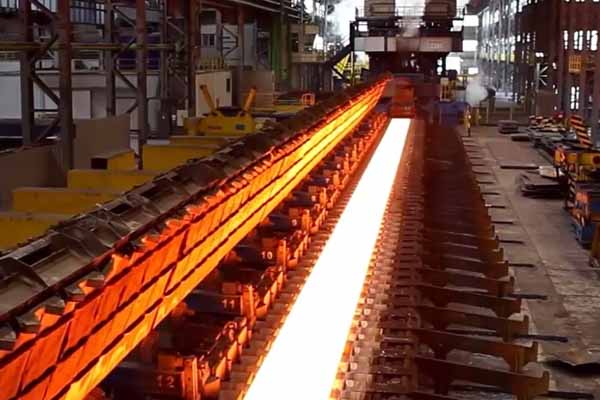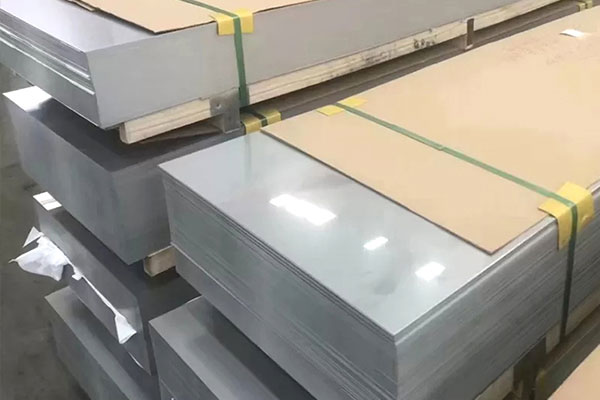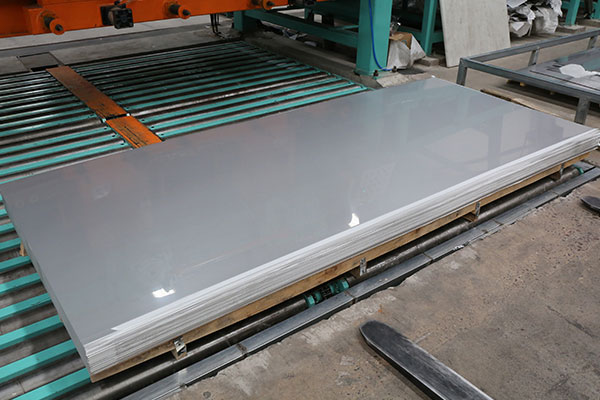First, The war changed the status quo of the global steel market.
The war changed the status quo of the global steel market. As Russia and Ukraine are the world's two major steel suppliers, war conflicts are bound to break the current balance of the global steel market and change the status quo of global steel supply and demand. Affected by the Russia-Ukraine war, the overall flow of raw materials and finished products was blocked, the flow direction and flow channels faced restructuring, and the price difference between raw materials and finished products increased. There is a vacuum in the western market, the steel gap is widening, the price rises very rapidly, and the demand in the market is greater than the safe supply.
Changes in the balance of supply and demand, the flow of raw materials and finished products changed have provided new opportunities for suppliers from other countries, but have also caused major imbalances in the global market, exacerbating the instability and uncertainty of supply in the global steel market.

Second, the unstable causes and embody of safe supply.
Supply vacancies in the two major steel countries of Russia and Ukraine. Russia and Ukraine are respectively the fifth and fourteenth largest steel producers in the world, and their total steel production will reach 97 million tons in 2021, accounting for about 5% of global steel production. Affected directly by geopolitical conflicts, Ukrainian steel mills have suspended about 60% of domestic steel production, resulting in a supply gap of 15 million tons in the export market. Russia's annual steel export volume is about 30 million tons, of which finished products and semi-finished products each account for about 50%. . (The data is quoted from my stainless steel network) The absence of two major steel supply countries has affected the stable supply of steel.
There is a gap in supply in the EU and US markets. As of June 2024, the export of finished steel products (except semi-finished products) originating in Russia to the EU will be prohibited. The United States has also suspended purchases of Russian steel. Previously, in 2021, Russia exported a total of 3.73 million tons of finished steel to the EU and about 1.6 million tons of steel to the United States (accounting for 5% of the total steel imports in the United States). The sanctions on Russia caused a gap in the EU and US markets and urgently needed other regions Suppliers provide stable steel.
Steel prices rise in Europe, mills in crisis. Relevant statistics show that at the end of March, the price of rebar in Europe soared to 1,140 euros/ton, an increase of 150% from the end of 2019; the price of hot-rolled coils also hit a record high of 1,400 euros/ton. (data from my stainless steel mesh citation). European steel prices soared as Ukraine's production fell and the European Union imposed sanctions on some Russian steel sales, temporarily blocking Black Sea trade. At the same time, European countries are currently facing energy shortages. After the outbreak of the Russia-Uzbekistan conflict, the price of electricity soared to 10 times that before the conflict, as high as 500 euros per megawatt hour. However, most small steel mills in Europe use clean electricity to make steel, and the rise in electricity prices has forced steel mills to face an existential crisis. Since the local conflicts, different countries have continuously introduced new sanctions policies, and the rise in steel prices has increased transaction costs in foreign trade; energy shortages and soaring electricity prices have caused many steel producers to face survival crises; supply chains have been blocked, and the market gap is huge. Suppliers fill in the gaps in the supply chain, and China is the booster for steel supply in the Russo-Ukraine war.
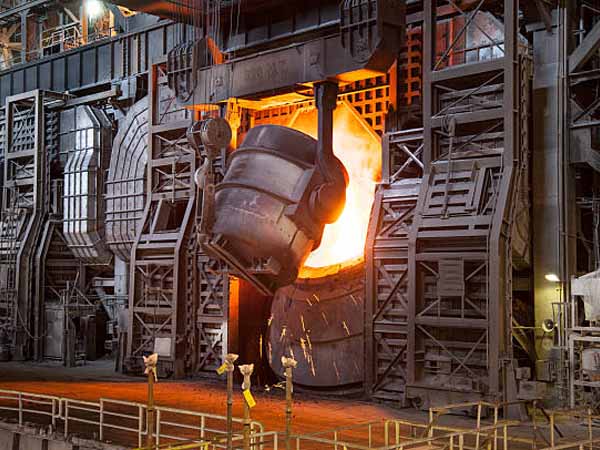
Third, Why China is a cardiac?
China's economic environment and the status quo of steel industry. In the first quarter of 2022, China's GDP will grow by 4.8% year-on-year (exceeding the market average forecast of 4.5%). Credit conditions are expected to ease somewhat. At the same time, China's fiscal policy is expected to become looser. The loose monetary environment and fiscal policy show the government's confidence in boosting consumption and domestic economic activities, which will provide a good economic environment for the revitalization of the steel industry. Among the world's major steel producing countries, China's annual steel output is expected to remain relatively stable in the next few years. This is China's efforts to achieve the peak of carbon emissions in the steel industry in 2030 and net zero emissions in 2060. In 2021, China's total steel production will be 1.03 billion tons. It is estimated that the upper limit of China's steel production in 2022 will be the same as that in 2021. In the first quarter of 2022, Chinese steel mills kept production 30% below 2021 levels between Jan. 1 and March 15, in an effort to mitigate pollution levels in northern provinces and ensure the Beijing Winter Olympics are not affected by air pollution. about. From the perspective of production throughout the year, in the remaining time, with a good economic environment and a flat production ceiling, the steel industry is bound to have room to increase production.
This round of epidemic has little impact on Chinese stainless steel. The epidemic has not had a significant impact on China's domestic stainless steel production. From the perspective of output, Chinese stainless steel enterprises have increased their working days after the Spring Festival maintenance in March, and their output has shown a trend of increasing month-on-month. The three provinces of Jiangsu, Fujian, and Guangdong, where the epidemic is more serious, have also maintained stable production, and the overall impact of the epidemic is relatively small. The outbreak of the epidemic mainly involved stainless steel distribution centers, while stainless steel production areas and raw material production areas were less affected. Because the factories where raw materials are produced are generally close to ports and away from densely populated urban areas, the flow range is relatively small. From the perspective of shipping, the number of ships shipped in China increased to a certain extent from March to April, and the amount of sea drift increased. The shipments of steel mills and the arrival ports were operating normally, and the overall arrival rate was stable and showing an increasing trend. The epidemic has basically no impact on China's railway transportation, and the impact on automobile transportation mainly involves the market arrival link. However, China's steel transportation is mainly based on sea and rail transportation, and the impact is relatively limited.
With the advent of a new round of consumption trends, it is a good time to destock. From the results of the daily prevention and control of the epidemic in China, we can see that the epidemic situation in many regions has shown a downward trend. The Joint Prevention and Control of the State Council of China announced on April 1 that the overall epidemic situation in Shandong, Jiangsu, and Zhejiang is getting better. With the epidemic showing a positive trend, the domestic economy is rising steadily, transportation is gradually recovering, and the upstream and downstream of the industrial chain will gradually resume normal operation. The stainless steel industry is expected to usher in a new round of consumption, and the time for manufacturers to destock is good. At this time It is a wise move for foreign trade manufacturers to stock up and purchase.
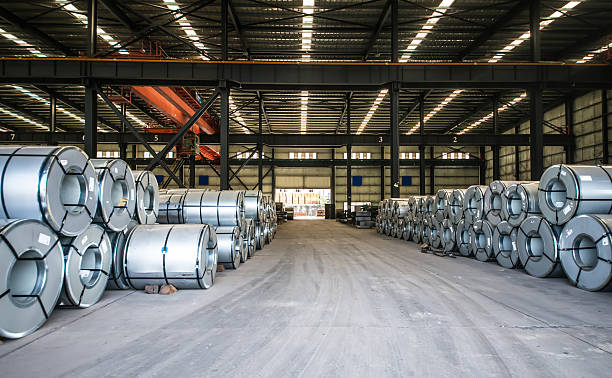
The Russia-Ukraine conflict has indeed led to a certain supply shortage in the global steel market, which has a serious impact on Russia and Ukraine, which are highly dependent on imported resources, and further boosted the price of steel. At present, the steel prices of Asian suppliers are generally lower than those in Europe, especially in China, which has huge steel production, a stable internal economic environment, a good epidemic control situation, and an upward destocking trend. Compared with the continuous rise of energy in January and February, but the limited rise of finished products, the profitability of steel enterprises will obviously improve in the next few months. Therefore, if iron and steel enterprises want to increase production enthusiasm and maintain a high level of profitability, they must select stable suppliers and proceed on the premise of stable material supply.
Ronsco aims at "provide unique value for customers" , takes the advantages of integrating resources from local stainless steel market and powerful processing platform, provides "one stop"service solutions for various industires, continuously expands and extends the industrial chains to enhance our value. Main products: stainless steel coil, sheet, plate, profile and other customized products, which are widely used in petroleum, chemical industry, machinery, electric power, automobile, shipbuilding, food, pharmaceutical, decoration and other fields. If you want to know more product details and customized services, please contact us!

 English
English Русский
Русский





